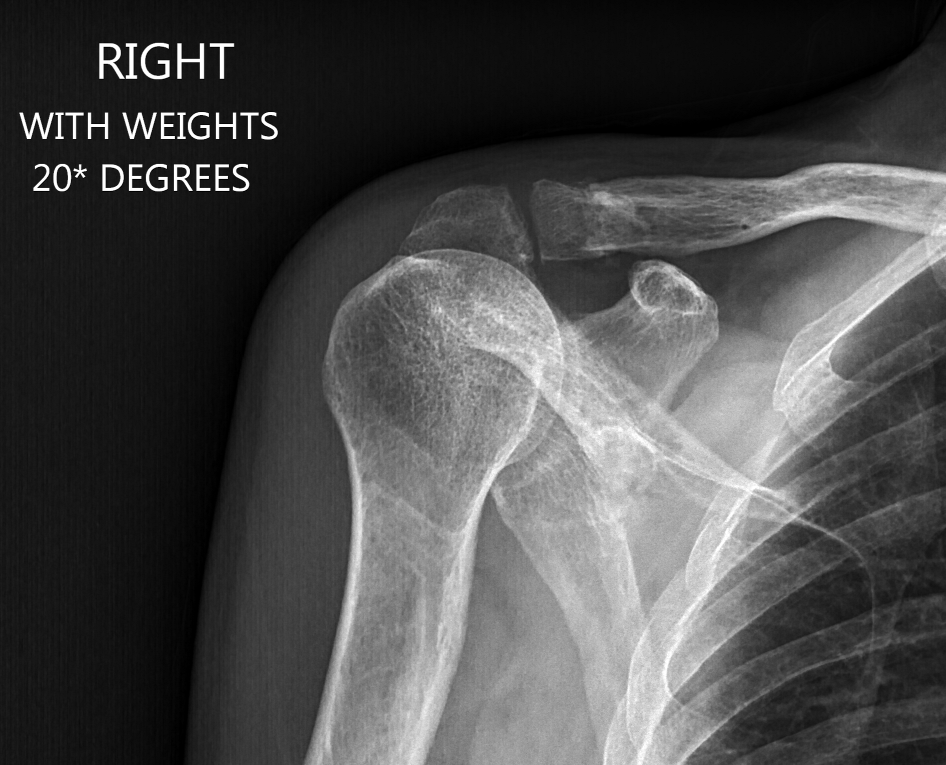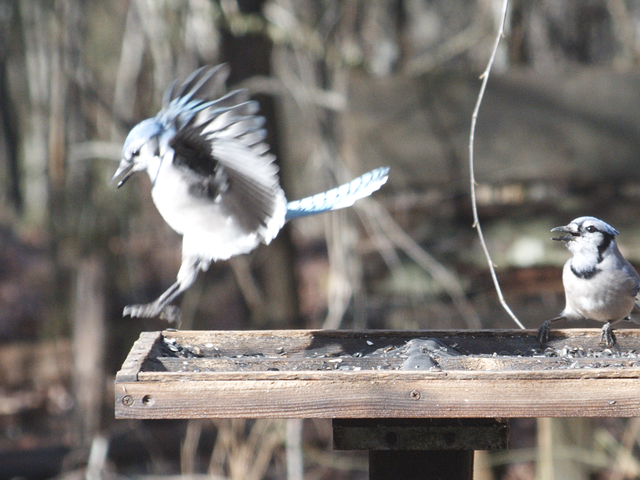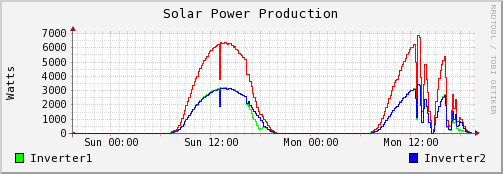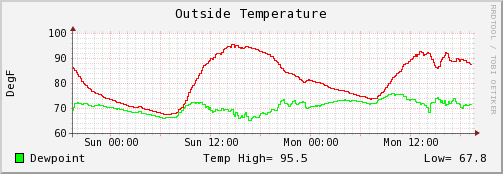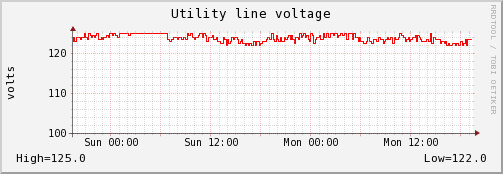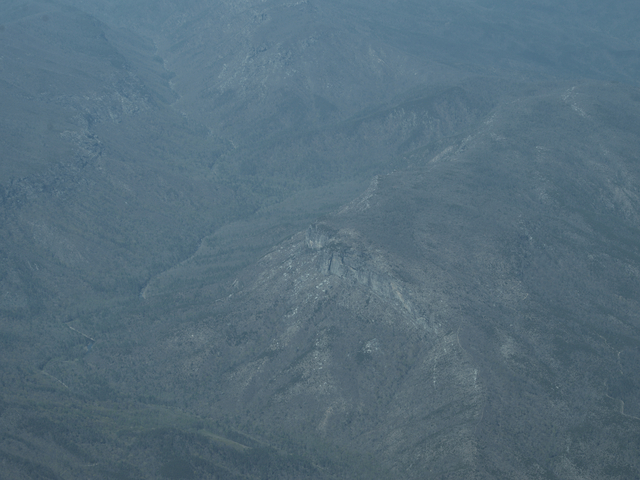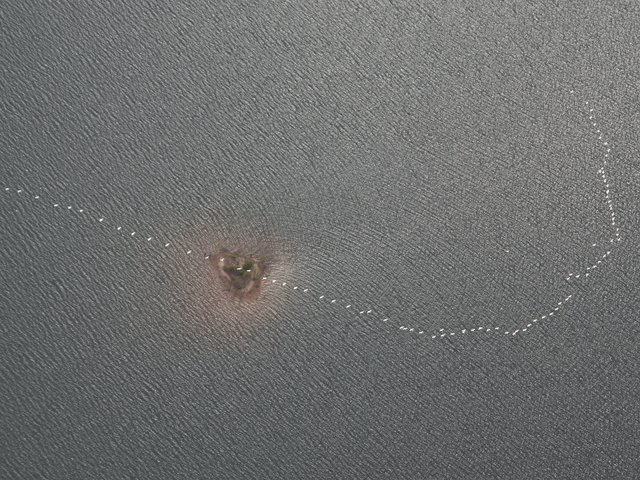My Dad, Vince Adametz, passed away on December 21, 2020, of COVID-19 complications, at the age of 97.5.
He was the best Dad I ever had (for the record, he was the only one, but that doesn’t change my feelings on the matter).
I remember all the times he left work to get me at school when I got ill. Helped me with school work. Kept me out of Trouble. All the things he taught me.
Some of those things he specifically taught me, like woodworking and how to fix up a house (a friend of mine once remarked that our house was always under construction), and how to be a good helper. Those skills have stayed with me even to this day.
Some things he taught by example. He and Mom always worked together around the house, did the shopping together, and my Dad never gave a thought to my Mom driving our pickup truck back in the 1970s when the idea of a woman driving a pickup truck would raise eyebrows all over town.
He got me my Big Break into IT. He was working for Digital Equipment Corporation, and would take me into the office on Sundays where I could play around with the computers. One day he showed me some paperwork he had to do that involved a number of calculations, and asked if the computer could do that. I wrote an application and my IT career took off.
He never talked much about his military experience until after the dedication of the World War II memorial. We watched that together on TV, and afterwards he began to tell his stories. I threatened to videotape him, but instead he wrote it all down. You can read ahout his exploits, in his own words, right here, and hear his own words in a presentation he made at a local elementary school in 2013 here. I was amazed by some of these stories. Here’s this parental figure, the one was making me do my homework and eat my vegetables, and now I learn, Wow! Running a flame thrower??? How Cool is that??
He often told the story of when he first went overseas to join the war in Europe. He was in Oran during Christmas, and went to Church Sunday, went to Midnight Mass, and then on Monday for Christmas Day. He, on his knees, prayed to God, “they gave me this rifle and said to kill or be killed, I don’t know where I’m going, watch over me, guide me”. You know, he spent 2 years in actual combat as an infantryman, one of those guys on the front lines in foxholes with a rifle and a helmet, and he got through all that with hardly a scratch. I observed that two significant medical advances became available right around the time he needed them; I do not consider that a coincidence. During some of the tough times I’d seen him through I pointed out that God has been taking care of him, and He ain’t gonna walk away now, and I believe God is still taking care of him. I hand over my caregiver role to Him.
In this time of pandemic, I was not able to visit him when he went to the hospital, but all the reports I got indicated that he was not in much pain, and the whole thing, from detection of symptoms to the end was less than 5 days. A Nurse, Jane, at the hospital was with him at the end.
I believe there is a plan behind everything that happens. I also believe that miracles do happen, but do not always serve a purpose that we can see, so maybe they don’t seem like much of a miracle. My Dad often talked about looking forward to the time when he would be united with Margaret, his beloved Wife, who he was true to all the way to today and beyond. Maybe the Christmas Miracle, on this Winter Solstice, is that he is now reunited with his beloved.
In significant ways he made things easy on the rest of us. He made his own decision to stop driving, for which I am forever grateful. Now another of his decisions is helping us even now. His wishes were to not have a funeral; his only desire is to be cremated and put with his Wife. Under the current circumstances, we will proceed with the cremation, but put everything else on hold. Once it becomes safe to travel and gather, we will have a memorial service and celebration. Watch this space.
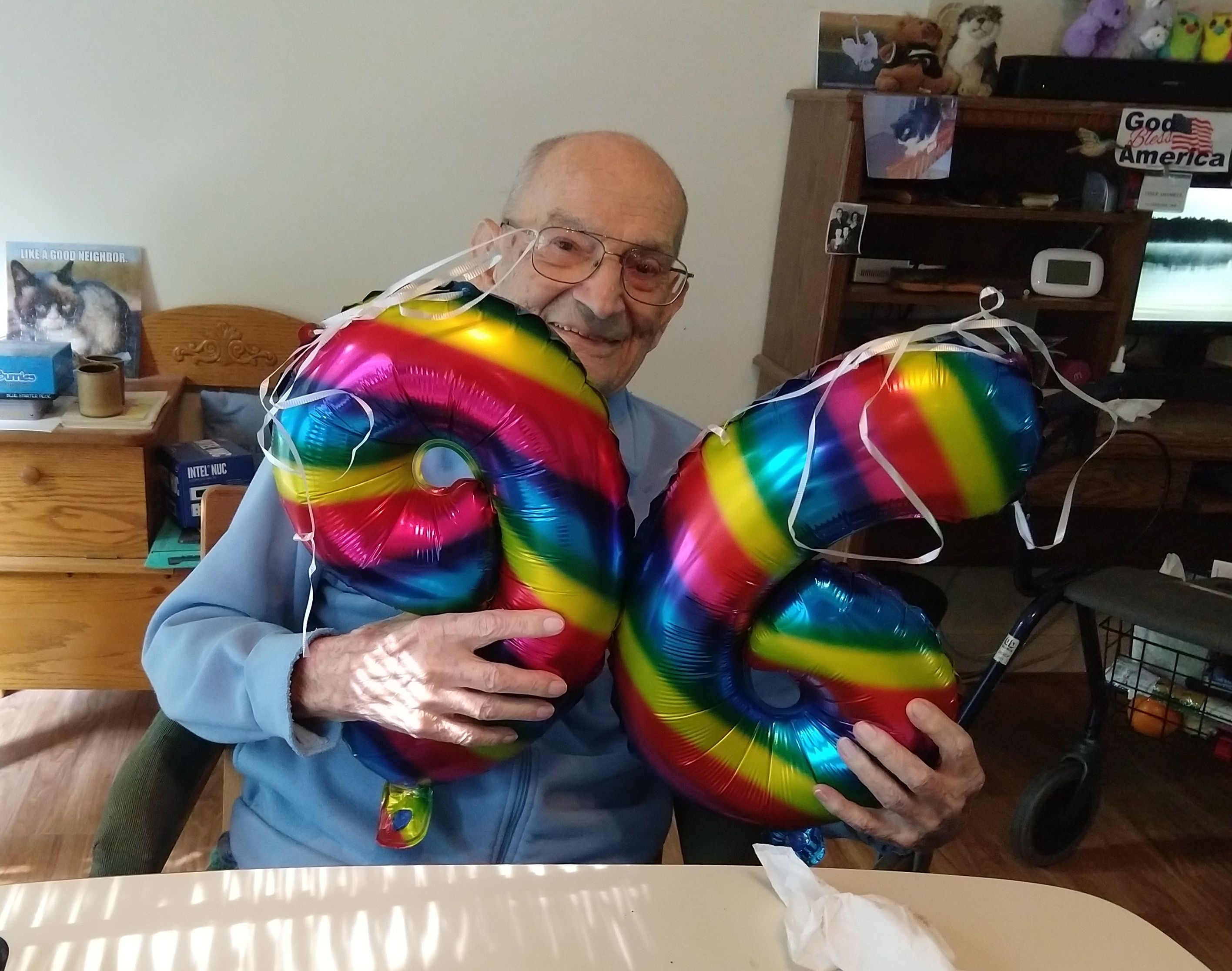
He is missed by his three children, two grandchildren, godchild, and countless others.

